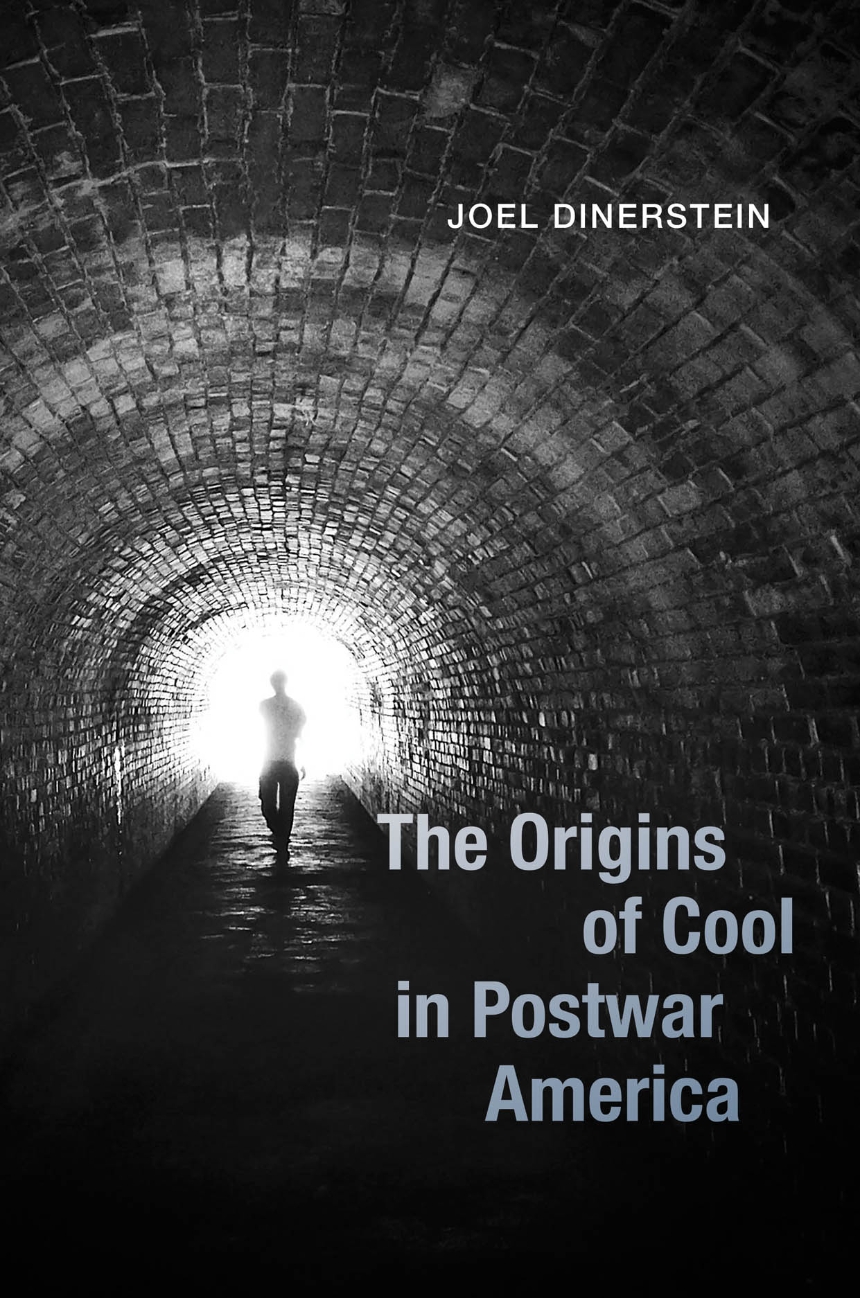The Origins of Cool in Postwar America
Through eye-opening portraits of iconic figures, Dinerstein illuminates the cultural connections and artistic innovations among Lester Young, Humphrey Bogart, Robert Mitchum, Billie Holiday, Frank Sinatra, Jack Kerouac, Albert Camus, Marlon Brando, and James Dean, among others. We eavesdrop on conversations among Jean-Paul Sartre, Simone de Beauvoir, and Miles Davis, and on a forgotten debate between Lorraine Hansberry and Norman Mailer over the "white Negro" and black cool. We come to understand how the cool worlds of Beat writers and Method actors emerged from the intersections of film noir, jazz, and existentialism. Out of this mix, Dinerstein sketches nuanced definitions of cool that unite concepts from African-American and Euro-American culture: the stylish stoicism of the ethical rebel loner; the relaxed intensity of the improvising jazz musician; the effortless, physical grace of the Method actor. To be cool is not to be hip and to be hot is definitely not to be cool.
This is the first work to trace the history of cool during the Cold War by exploring the intersections of film noir, jazz, existential literature, Method acting, blues, and rock and roll. Dinerstein reveals that they came together to create something completely new—and that something is cool.
541 pages | 40 halftones | 6 x 9 | © 2017
History: American History
Literature and Literary Criticism: American and Canadian Literature
Music: General Music
Philosophy: Aesthetics
Reviews
Table of Contents
Introduction: The Origins of Cool
1 Lester Young and the Birth of Cool
2 Humphrey Bogart and the Birth of Noir Cool from the Great Depression
3 Albert Camus and the Birth of Existential Cool from the Idea of Rebellion (and the Blues)
4 Billie Holiday and Simone de Beauvoir: Toward a Postwar Cool for Women
5 Cool Convergences, 1950: Jazz, Noir, Existentialism
6 Kerouac and the Cool Mind: Jazz and Zen
7 From Noir Cool to Vegas Cool: Swinging into Prosperity with Frank Sinatra
8 American Rebel Cool: Brando, Dean, Elvis
9 Sonny Rollins and Miles Davis Sound out Cool Individuality
10 Hip versus Cool in The Fugitive Kind (1960) and Paris Blues (1962)
11 Lorraine Hansberry and the End of Postwar Cool
Epilogue: The Many Lives of Postwar Cool
Acknowledgments
Notes
Index
